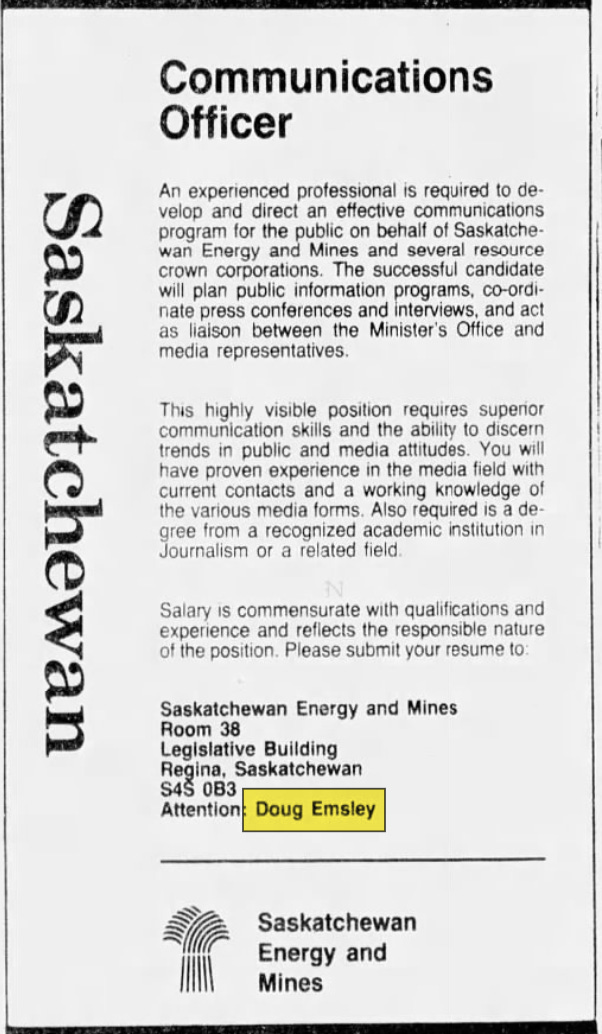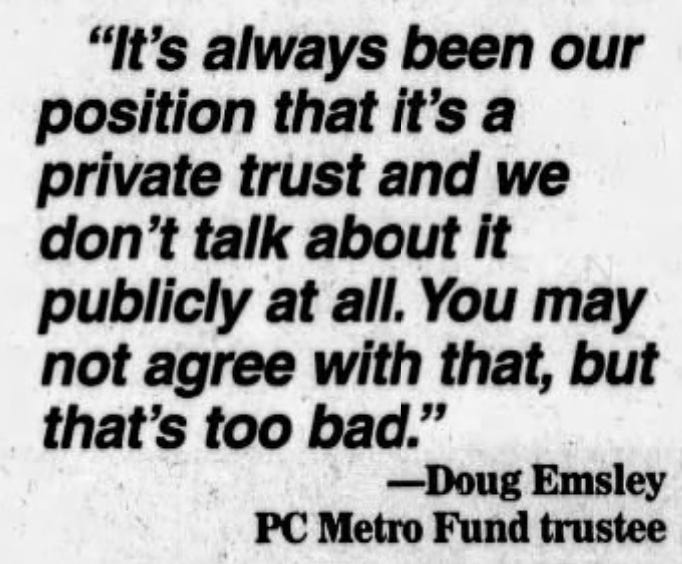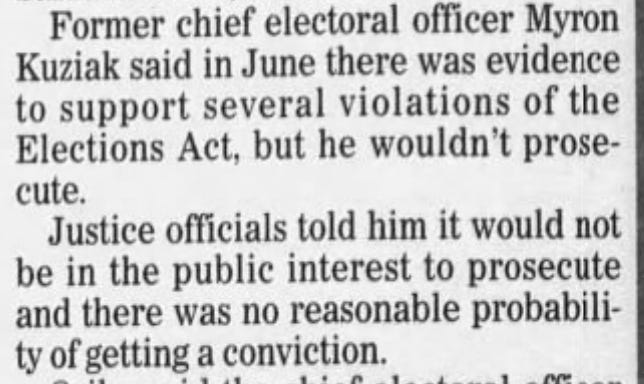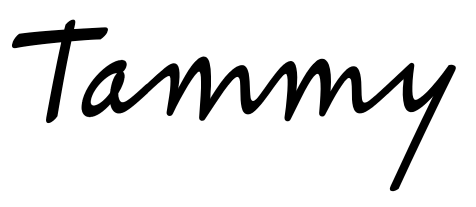Sask Party Insiders Part 4: Doug Emsley
I’ve officially changed the title of this series from “Sask Party Donors” to “Insiders”.
Since researching and writing this work - talking to people who are too scared to speak out but have seen things that can’t stay hidden forever - one thing that has become abundantly clear to me is that there are far more rewards being handed out than just dollars to the Sask Party.
Not that those dollars aren’t a huge problem.
Saskatchewan sits in the clutches of a small, closely-knit, white male-dominated cluster of power. These men, who have personally profited spectacularly since 2007, have an iron grip on our government, its policies, its outcomes and its spending patterns… on you.
With that, meet Doug Emsley.
Four months after Grant Devine’s party formed government in 1982, his longtime staffer Doug Emsley was already to enjoying significant power in the Saskatchewan Legislature.
Emsley played a highly-partisan role in Devine’s government as a “special assistant”, through its first term and into its second. Then Emsley departed Saskatchewan’s Ministry of Energy in 1987 to launch his own oil and gas company.
Classic.
By 1991, Emsley had diversified into security. He and longtime business partner Blair Ross had opened a company called Visions Security and Investigations, which boasted both the Saskatchewan Roughriders and the late John Candy as clients.
Blair Ross has sat on the board of directors of the Saskatchewan Gaming Corporation for fifteen years. He was one of the Sask Party’s first board appointees.
Keep that in mind and we’ll come back to it.
Emsley also played a prominent role in Grant Devine’s 1991 campaign bid for reelection alongside future Sask Party government staffer Chris Dekker, a career partisan in the public service who today enjoys the role of CEO of Saskatchewan Trade and Export Partnership, as he has for the last eight years.
Also in the early 1990s, Emsley created a communications company called Peak Management.
Both companies had contracts with the Devine government that conveniently received balloon payments in the first half of 1991, which was also Devine’s last six months in control of the Saskatchewan government cheque book.
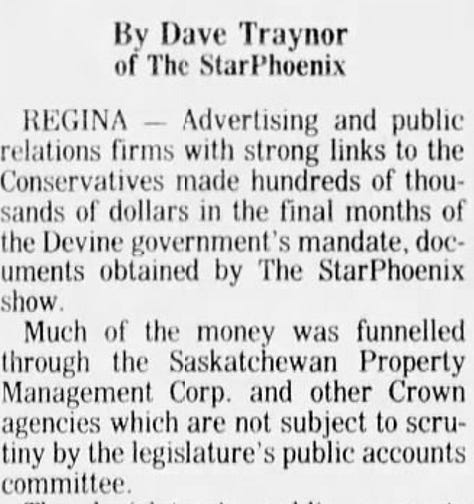


$455,000 in public money went to Emsley’s companies in the first six months of 1991, compared to $84,000 for the entire year before.
In 1996, news broke that the PC Party of Saskatchewan was hiding millions of dollars in a trust fund.
“Instead of raising money and giving it directly to the party, where it would be fully reported, they created a separate fund outside the party. That way, the amount and names of donors to the (trust) Fund were never publicly revealed. All the Elections Act requires was that the lump sum paid to the party by the fund be reported. Where the money actually came from remained a secret… It created a kind of political money-laundering system that was potentially open to abuse.” - Dale Eisler, June 4, 1996, Saskatoon Star Phoenix.
Doug Emsley was the spokesperson for the PC party’s trust fund.
Emsley scoffed at the notion of that fund damaging the public’s perception of honesty and transparency in Saskatchewan politics.
A year later, the newly-formed Saskatchewan Party lied and said it wasn’t interested in going after the money in the trust fund.
“The new Saskatchewan Party says it has no plans to dip into the Torys old stash of $2.5 million in secret political donations.” - Regina Leader Post, August 12, 1997
Emsley was consistent in his disdain for public scrutiny of the hidden money.
Elections Saskatchewan’s “investigation” into the fund was useless.
By the turn of the 21st century Emsley was winning awards for entrepreneurialism. His security company had grown, through acquisitions of other security companies, to 1000 employees and $15-million in annual revenue. In 2002 it was bought out by a Swedish security company for $6-million.
A couple years later that Swedish company, which had kept Emsley on its management team, decided it didn’t want to be in security after all, so in 2004 Emsley and Blair Ross bought their company back under its new name, Security Resource Group (SRG).
By 2005, Emsley was sounding the alarm.




"If you're a bad guy and you want to drill down into the network, once you get into the network depending on the capability of the hacker you can get right inside. Sometimes it takes half an hour, sometimes it takes an hour." - Doug Emsley, November 12, 2005, Saskatoon Star Phoenix
Yikes!
I’d be very interested in better understanding what “scanning devices” SRG was using in 2005 to do a “quick scan” of Regina and what they defined as “hot spots”, but the Saskatchewan NDP government dutifully heeded Emsley’s warning. SRG appeared on the public books for the first time in the fiscal years of 2005-2006, receiving $176,000 from the Government of Saskatchewan’s quaintly named Information Technology Office.
By 2009-10, SRG was receiving almost $2-million in public money annually from the Sask Party government via that same IT Office, which was eventually rolled into Central Services, which was eventually rolled into SaskBuilds.
In 2021-22 SRG was paid:
$3.1-million through SaskBuilds,
$1.9-million by SaskTel,
$800,000 through SGI and its Auto Fund
$372,000 by SaskEnergy
$371,000 by SLGA
And more publicly-funded organizations, including the Regina Public School Division.
We’ll come back to that too.
Back in 2005, at the same time as Emsley was getting set to protect Saskatchewan’s digital landscape from invisible intruders, the battle between the Sask Party and the PC Party over the trust fund finally boiled over.
Emsley insisted his refusal to disperse the money to the PC Party simply stemmed from the fact the PC Party really didn’t exist anymore, but his deep-rooted connections to the Sask Party made that a tough sell.
Maybe he was just too busy to be concerned, given 2005 was also the year Emsley began leaving his indelible impression on Saskatchewan farmland with the creation of two limited partnerships that, over the following two years, purchased 26,000 acres of Saskatchewan farmland for $12-million. Shares in those two funds were sold privately.
The two funds were owned by a company called Agriculture Development Corporation, founded by Doug Emsley and Brad Farquhar.
In 2002 the Saskatchewan NDP had no choice but to open up the sale of Saskatchewan farmland to all Canadians, not just residents of Saskatchewan. Prior to 2002, Canadian residents could only own 320 acres of Saskatchewan farmland and foreign owners could only own 10 acres. Problem was that by 2002, farmland wasn’t selling in Saskatchewan anymore and had been devalued. In order to get it moving, the NDP opened the borders.
So in October 2007, Emsley, who had just been appointed as a director of the Bank of Canada, was sitting pretty.
Once again, a change in government in his favour was very likely just days away. He’d just launched Assiniboia Farmland Limited Partnership 3, the difference being this fund would be available to the Canadian public for a minimum investment of $2500.
Two days after they won government, the Sask Party confirmed that Doug Emsley, who had by now resigned from the PC trust fund, would lead Brad Wall’s transition team. Newly-appointed deputy premier Ken Krawetz was the team’s official face, but it was common knowledge and later confirmed that Emsley was the guy leading the demolition of the former Saskatchewan NDP government and construction of the Sask Party’s.
Taxpayers paid Emsley $76,000 for four months of his services.
Ken Krawetz was dragged onto the carpet by the Opposition and reporters to explain.
Emsley had been working with the Sask Party’s transition team “for many years”.
Presumably that includes the three years prior wherein he was accumulating Saskatchewan farmland, refusing to spend a dime of its own money on the PC Party of Sask and building out his new cybersecurity business with the Saskatchewan government as a client.
Cool cool cool.
In 2009, the very first “carbon offset” farm was opened in Saskatchewan. You know, carbon credits.
“Fortunately…”
Lol. No shit.
By 2013, two years into the Sask Party’s landslide second term, Emsley and Farquhar had a new baby: Input Capital.
Put simply, Input Capital paid farmers cash for their canola crop before it was planted.
What could possibly go wrong?
In a March 2013 article in the Regina Leader Post, Emsley said Input Capital had raised $24.5-million in private investment.
One of those investors was Sask Party MLA and Cabinet Minister Kevin Doherty. I can’t link to his disclosure reports because they’ve been removed from the Legislative Assembly’s website, but I have it in my notes, which I trust, from 2017.
At the end of December 2013, Emsley and Farquhar sold off all 115,000 acres of their Assiniboia farmland holdings to the Canadian Pension Plan for $128-million.
By January 2016, Input Capital was boasting record canola sales and revenue. John Gormley was earning buckets of money endorsing the program, screeching out glowing reviews for his predominantly elderly, farmer-based AM radio audience.
On October 14, 2017, in a column headlined ‘Sask Party’s distrust of civil service runs deep’ in the Regina Leader Post, Murray Mandryk made one reference on one line to Emsley’s role on Wall’s transition team.
Emsley launched a lawsuit.
The name Doug Emsley has not appeared in the Regina Leader Post or Saskatoon Star Phoenix since that Mandryk column was published.
In fact, I can’t even find a single news story on Input Capital in the Leader Post or Saskatoon Star Phoenix since it ran in 2017.
I guess after publishing years and years of coverage of Emsley’s businesses and his political activity, he just vanished off Postmedia newsroom’s radar completely.
The loser being you, of course. Despite the fact your local newspapers refuse to tell it anymore, Emsley’s story definitely didn’t end in 2017. There’s still quite a bit more to tell, but I’m going to do something new and split this one in two.
Digest this information and I’ll publish the second half of this tale in the next day or so.
Talk soon,
I am the only person in Saskatchewan trying to tell these stories, which the public needs to know. Researching and writing this series is proving expensive, as every one of the hundreds of documents I need to write this series cost money to obtain from ISC’s corporate registry.
If you would like to chip in on this research so I can keep doing this work, you can etransfer me at tammyrobert0123@gmail.com.
Thank you so much to all of you again for your readership, subscriptions and support. I am so grateful - I have the best audience in Canada. T.
PS: Have you checked out my new Substack?
It’s quite a bit more personal, therefore you have to request approval to subscribe, but so far there’s just been a couple of psychos I’ve had to decline so don’t let that dissuade you! If I don’t recognize the email address or your handle, I will reach out to you.




